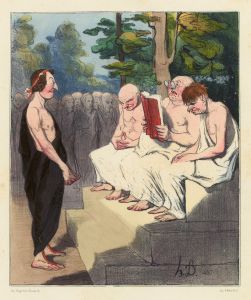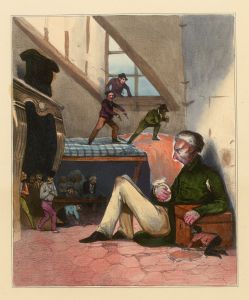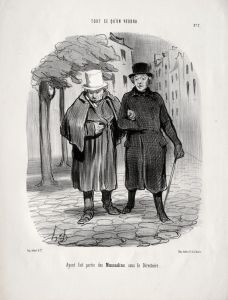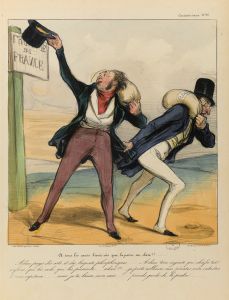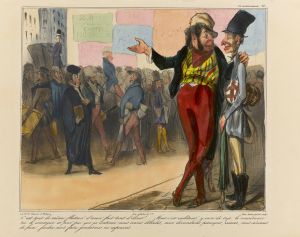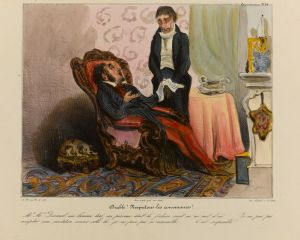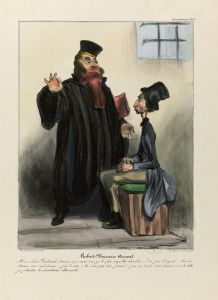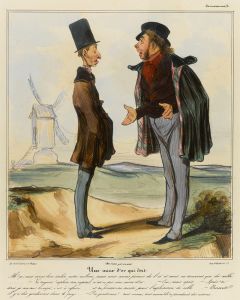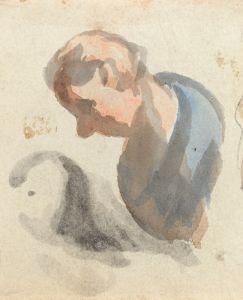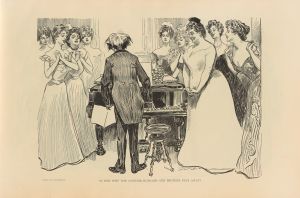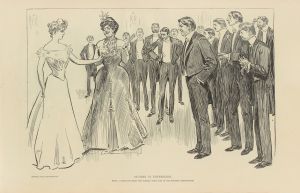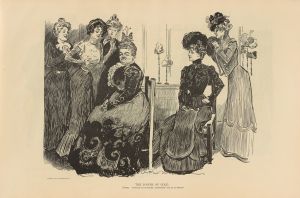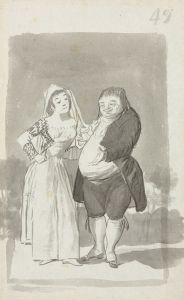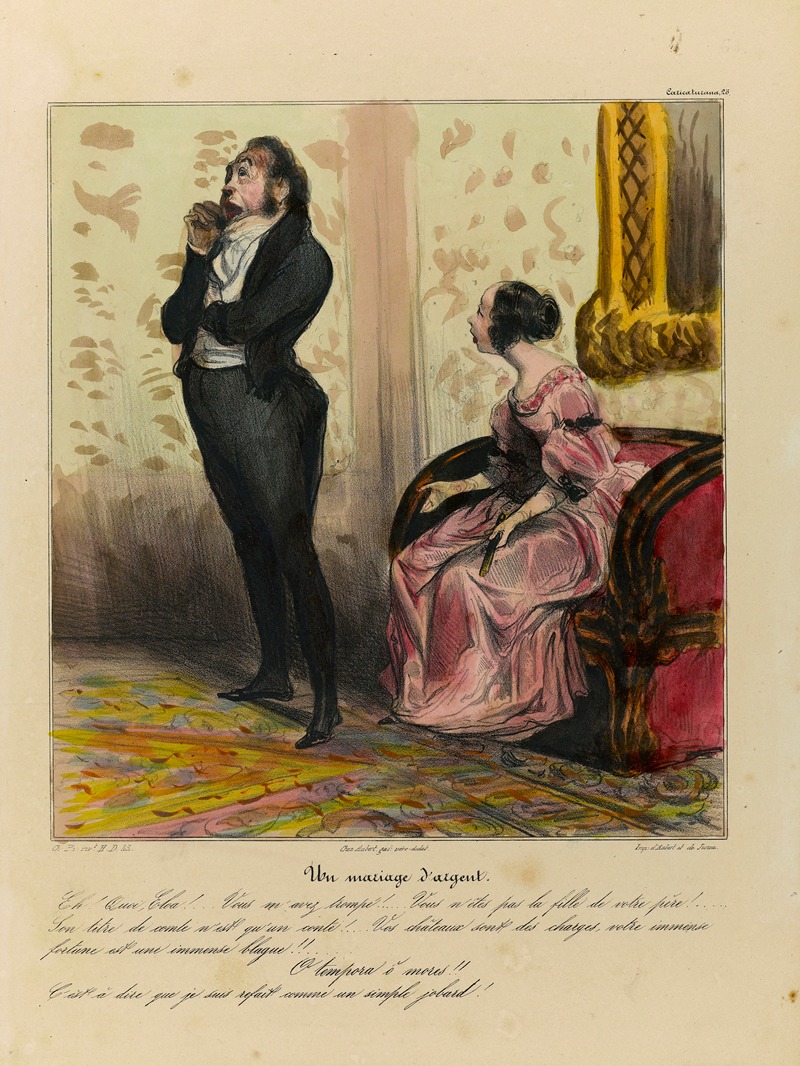
Un mariage d’argent
A hand-painted replica of Honoré Daumier’s masterpiece Un mariage d’argent, meticulously crafted by professional artists to capture the true essence of the original. Each piece is created with museum-quality canvas and rare mineral pigments, carefully painted by experienced artists with delicate brushstrokes and rich, layered colors to perfectly recreate the texture of the original artwork. Unlike machine-printed reproductions, this hand-painted version brings the painting to life, infused with the artist’s emotions and skill in every stroke. Whether for personal collection or home decoration, it instantly elevates the artistic atmosphere of any space.
Honoré Daumier, a prominent French artist known for his satirical works, created "Un mariage d’argent" during the 19th century. Daumier was renowned for his keen observations of society and his ability to capture the nuances of human behavior through his art. While Daumier is primarily celebrated for his lithographs and caricatures, he also produced a number of paintings that reflect his critical view of social and political issues of his time.
"Un mariage d’argent," which translates to "A Marriage of Convenience" or "A Marriage for Money," is one of Daumier's works that delves into the theme of marriage and social class. The painting is a commentary on the societal norms and expectations surrounding marriage during the 19th century, particularly the practice of marrying for financial gain rather than love. This theme was a common subject in Daumier's work, as he often critiqued the bourgeoisie and the superficial values that he perceived in society.
Daumier's style is characterized by his expressive use of line and his ability to convey emotion and character through exaggerated features. In "Un mariage d’argent," Daumier employs these techniques to depict the characters involved in the marriage transaction. The figures in the painting are likely portrayed with exaggerated expressions and postures, highlighting the transactional nature of the marriage and the lack of genuine affection between the parties involved.
The painting reflects Daumier's broader critique of the social and economic structures of his time. During the 19th century, marriages among the bourgeoisie were often arranged to consolidate wealth and social status, rather than based on personal affection or compatibility. Daumier's work exposes the moral and ethical implications of such practices, inviting viewers to question the integrity of relationships built on financial considerations.
Daumier's art was heavily influenced by the political and social climate of France during his lifetime. He lived through significant events such as the July Revolution of 1830 and the establishment of the Second French Empire, which shaped his views on authority and social justice. His works often reflect his disillusionment with the ruling classes and his empathy for the common people.
While "Un mariage d’argent" is not as widely known as some of Daumier's other works, it remains an important piece that exemplifies his ability to blend social commentary with artistic expression. Daumier's legacy as an artist lies in his capacity to capture the complexities of human nature and the societal structures that influence behavior. His work continues to be studied and appreciated for its historical significance and its enduring relevance to discussions about social norms and values.
Overall, "Un mariage d’argent" is a testament to Honoré Daumier's skill as an artist and his commitment to using his art as a tool for social critique. Through his insightful portrayal of a marriage of convenience, Daumier invites viewers to reflect on the motivations behind human relationships and the impact of societal expectations on personal choices.





